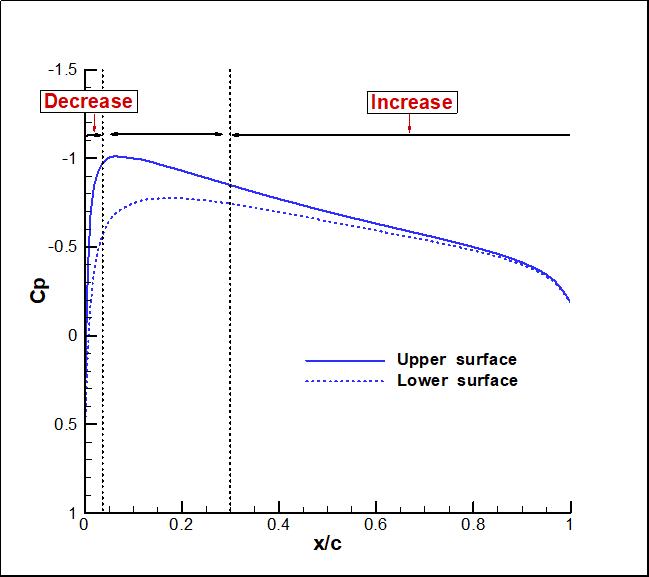An inverse aeroacoustic problem for a helicopter rotor combined with aerodynamic constraint is proposed based on Ffowcs Williams and Hawkings equation in subsonic. The rotor noise includes thickness noise and loading noise when quadrupole noise is neglected. Thickness noise is related to geometry and motion conditions. Loading noise is related to the pressure on the wall. Therefore, the equation between pressure on the wall and far-field noise can be established, thus the pressure on the wall can be obtained by solving this equation. Since this equation is an ill-posed, the singular value decomposition combined with the regulation method is applied and the aerodynamic constraint is taken into account. The direct noise prediction is verify firstly and then the inverse problem is solved. The reconstruction pressure is compared to the input data. The result is in good agreement with the input value. At the same time, the influence of interference noise is also considered. Under low signal-to-noise ratio, the reconstruction result is also reasonable.

